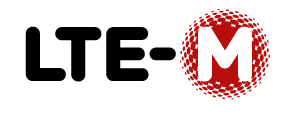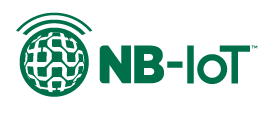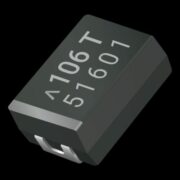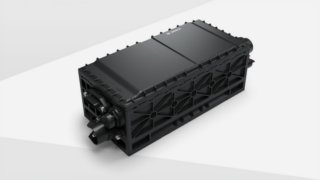The cellular IoT technology enables many new applications, however, if you put ultra-low power into the mix the potential applications grow exponentially.
The nRF9160 is Nordic’s first low-power cellular device for the Internet of Things. It has been engineered from inception to perform at the highest possible standards for energy efficiency and security whilst simultaneously bringing advanced application performance and possibilities to cellular IoT. With an unprecedented level of integration bringing LTE-M, NB-IoT, GNSS, all RF front end (RFFE), and power management into a very small package the nRF9160 make single-chip solutions a real possibility in many cases.
Introduction to Cellular IOT
LTE-M
LTE-M (also known as Cat-M1) is designed for low-power applications requiring medium throughput. It has a narrower bandwidth of 1.4MHz compared to 20MHz for regular LTE, giving a longer range, but less throughput. The throughput is 375kbps uplink and 300kbps downlink, providing approximately 100kbps application throughput running IP. It is suitable for TCP/TLS end-to-end secure connections. Mobility is fully supported, using the same cell handover features as in regular LTE. It is currently possible to roam with LTE-M, meaning it is suitable for applications that will operate across multiple regions. The latency is in the millisecond range offering real-time communication for time-critical applications.
LTE-M is perfect for medium-throughput applications requiring low power, low latency, and/or mobility, like asset tracking, wearables, medical, POS and home security applications.
NB-IoT
NB-IoT (also known as Cat-NB1) is a narrowband technology standard that does not use a traditional LTE physical layer but is designed to operate in or around LTE bands and coexist with other LTE devices. It has a bandwidth of 200kHz, giving it a longer range and lower throughput compared to LTE-M and regular LTE. The throughput is 60kbps uplink and 30kbps downlink. It is suitable for static, low-power applications requiring low throughput. With the introduction of Cat-NB2 in 3GPP release 14, you can achieve a throughput of 169kbps uplink and 127kbps downlink if the network supports it. 
NB-IoT is perfect for static, low throughput applications requiring low power and long-range, like smart metering, smart agriculture and smart city applications. It also provides better penetration in, for example, cellars and parking garages compared to LTE-M.
GNSS
GNSS (Global Navigation Satellite Service) refers to a constellation of satellites sending positioning and timing data to GNSS receivers. Those receivers then use this data to determine their location. The most common GNSS system is the Global Positioning System (GPS) which uses three transmission paths. Each of the GPS satellites transmits at least two carrier signals (L1 and L2). By sending the C / A -code on two frequency bands, time delays caused by ionospheric effects can be compensated mathematically. This way, the accuracy of the positioning can be increased. Because the reception power of the GPS signals must not fall below the value of -158.5dBm (for military signals -161.5dBm), a transmission power of more than 20W per frequency band is required.









